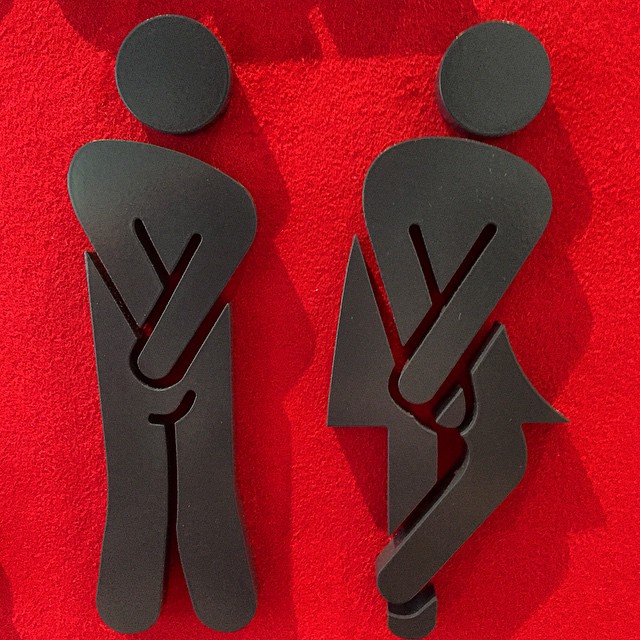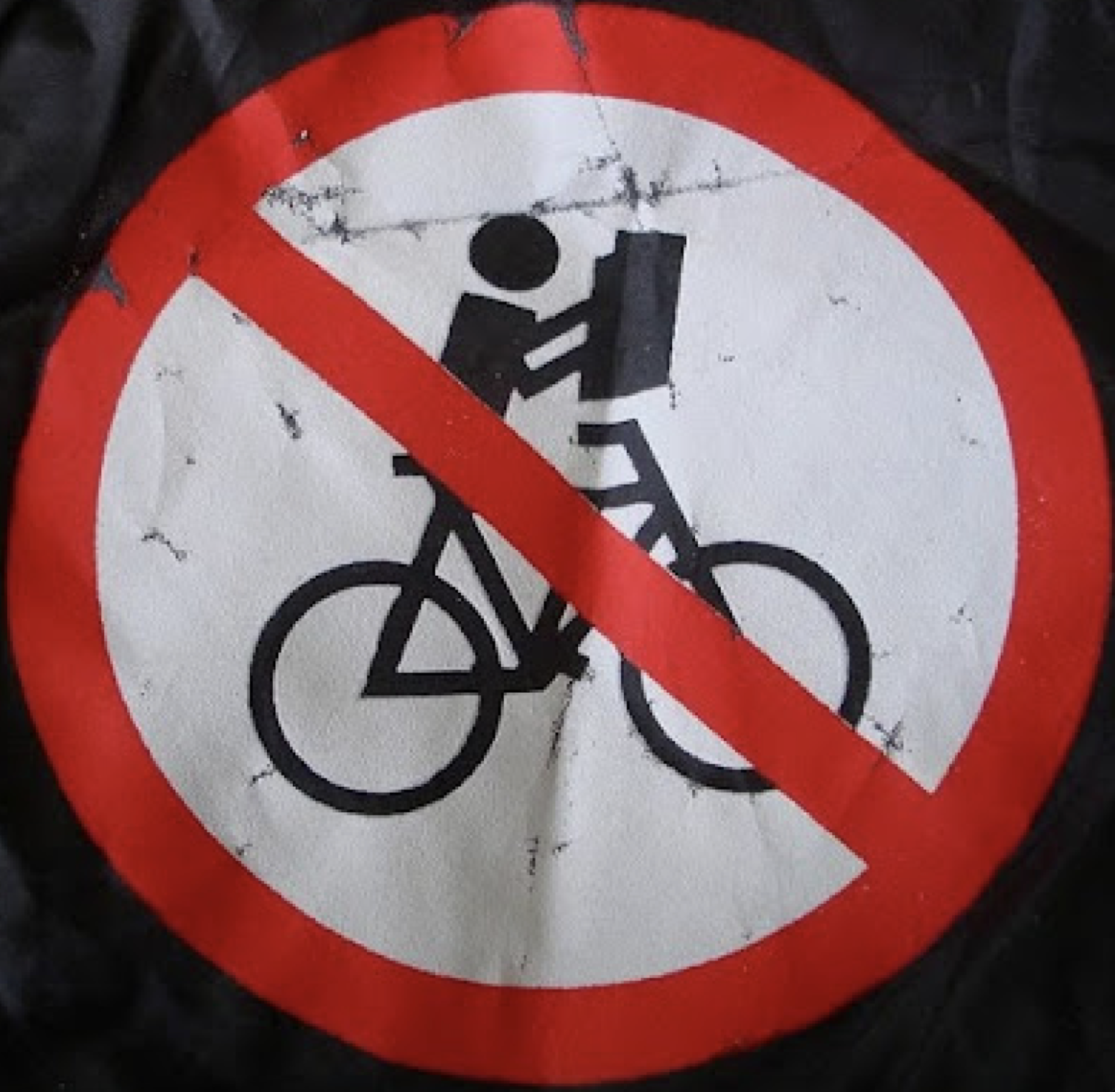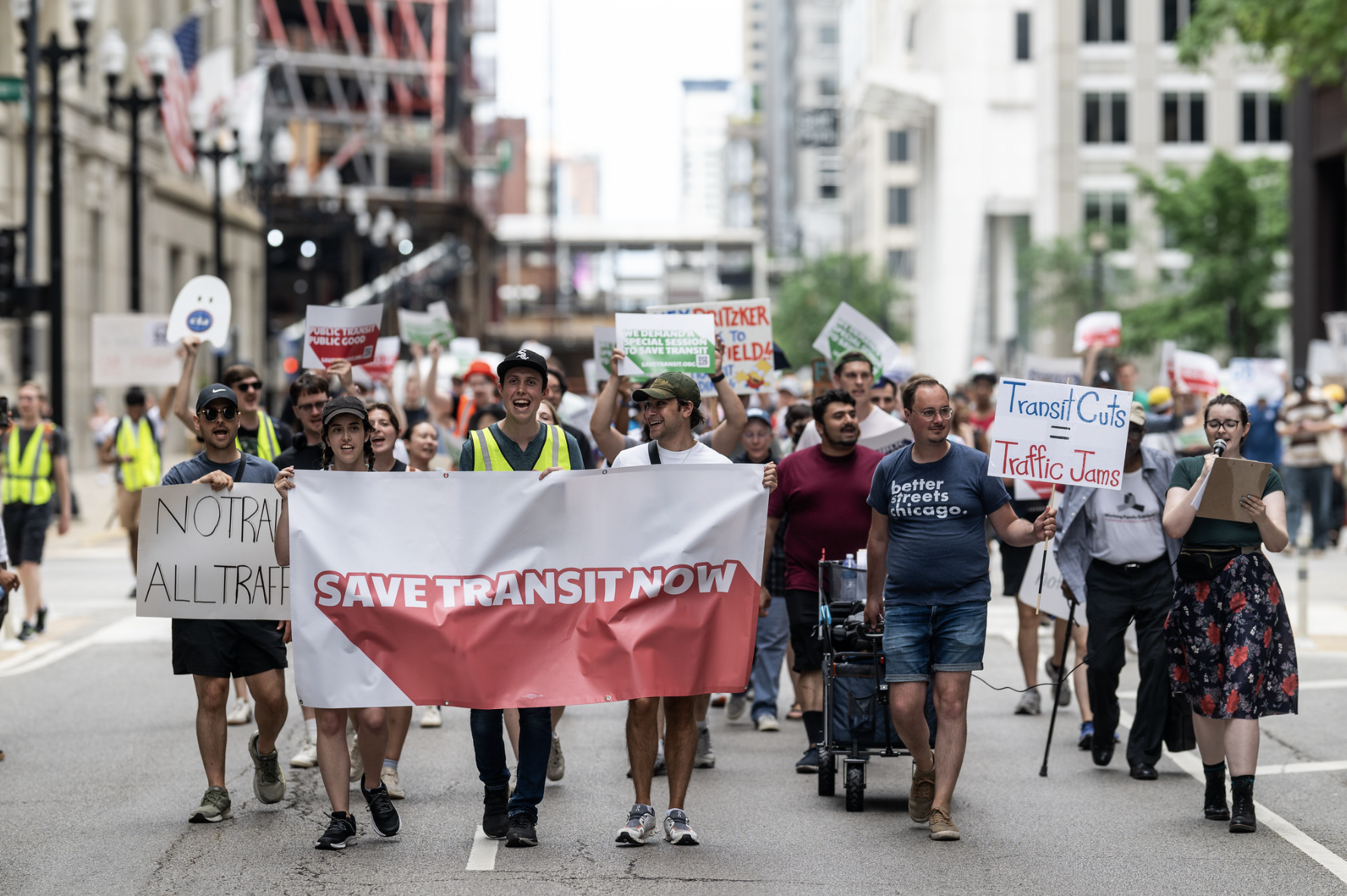For years as a transit rider I've always made sure I use the restroom before embarking on a crosstown CTA trip. I've come to accept that public restrooms are scarce, but overall I've been fairly lucky that my destination have had restrooms: grocery stores, friends' homes, restaurants, museums, etc. However, there have been a few occasions where I seriously panicked over whether or not I’d make it home in time to relieve myself.
The issue of Chicago's low number of public restrooms has received media attention recently. The Chicago Tribune recently published an article mapping all of Chicago’s public restrooms. In that article I learned Chicago has fewer than 500 public restrooms. A decent portion of the city’s public restrooms are located in Chicago Public Library locations and Chicago Police stations. Libraries are not open 24/7 and not everyone feels comfortable entering a police station. Block Club Chicago reporter Ariel Parrella-Aureli recently wrote about the issue of public urination and defecation near the Jefferson Park Transit Center due to a lack of public restrooms. Back in 2014, Streetsblog Chicago co-editor John Greenfield wrote about ideas to help keep CTA elevators pee-free.
Illinois has the Restroom Access Act which states that a retail establishment that has a toilet facility for its employees shall allow a customer to use that facility during normal business hours if the customer suffers from an eligible medical condition or utilizes an ostomy device. Three or more employees of the retail establishment must be working at the time the customer requests the use of the employee bathroom or porta potty, and the retail establishment must not normally allow the public to use the restroom. A public restroom must be unavailable in order for the customer to use the establishment's restroom. The legislation defines a customer as "an individual who is lawfully on the premises of a retail establishment."
As I researched this article, I learned that when it comes to public bathrooms, just like in many other respects, the United States is an outlier among industrialized countries, and not in a good way. Almost every industrialized country with the exception of the U.S., provides an adequate to abundant number of public restrooms.
In Chicago, taxi and ride-hail drivers, delivery workers, tourists, families with small children, and others who spend hours outside their home are forced to navigate a city where there are few accommodations for a basic human function. Those who can afford to spend money at a business in order to use their restroom tend to have an easier time finding a place to go than those who don't have disposable income.
In 1970, there were more than 50,000 coin-operated public restrooms in the U.S, according to a 2017 article in Pacific Standard. Bloomberg CityLab reported that by the 1980s, pay toilets had almost vanished from the country for a variety of reasons-including lobbying from feminist organizations and student activists who saw pay restrooms as unjust. Fear of crime and vandalism also played a role.The September 11th attacks and fears of future terrorist acts accelerated the closure of many public restrooms.
New York City seemed poised to kick-off the resurgence of public restrooms in 2008 when city officials promised to install twenty self-cleaning public pay toilets. The toilets cost a quarter per use; permitted users to remain inside for a maximum of 15 minutes; and featured 90 seconds of automated cleaning after each visitor. However, only five of the promised automatic toilets were installed. An August 2018 Gothamist article reported that the remaining toilets were sitting in a Queens warehouse.
Some cities are bucking the trend and installing public restrooms. According to Steven Soifer, founder and president of the American Restroom Association, "Portland has been an exemplar in the last decade and taking a lot of initiative to put in user-friendly restrooms on street corners." Portland Loos are stand-alone single user stalls and feature a vandal-proof design. According to the Portland Loo website, the stalls are easy to clean and maintain, can be operated off grid and run off solar-powered LED fixtures. The bathrooms have spread to more than 20 other locations across North America, including Denver, Cincinnati, Kalamazoo, and Salt Lake City. A Bloomberg CityLab article reported a $90,000 initial purchase and installation cost and an annual maintenance cost of $12,000.
Below is a tweet about a Portland Loo in British Columbia.
There’s a shiny new #Portland loo in #Smithers, BC. I could totally picture these in #Ottawa. @OttawaMorning #ottnews pic.twitter.com/9R8Zjbn38W
— Matthew Pearson (@mpearson78) November 2, 2018
According to the CityLab piece, in 2019 Washington, D.C., took a step in the right direction when its city council enacted the Public Restrooms Act, which aimed to provide public restrooms in underserved parts of the city. So far, two standalone public restrooms are in the works, with others to come (eventually)
As far as I know, people who've proposed reallocating Chicago Police Department funding towards social services and infrastructure haven't mentioned public bathrooms as a potential use for that money, I think they deserve a place on the list. It would have also been nice if the city had spent COVID-19 Relief funds on public restrooms. Consider contacting your alder to let them know you would like to see the city invest in this resource, which would help people from many walks of life, including some of our city's most vulnerable residents.





